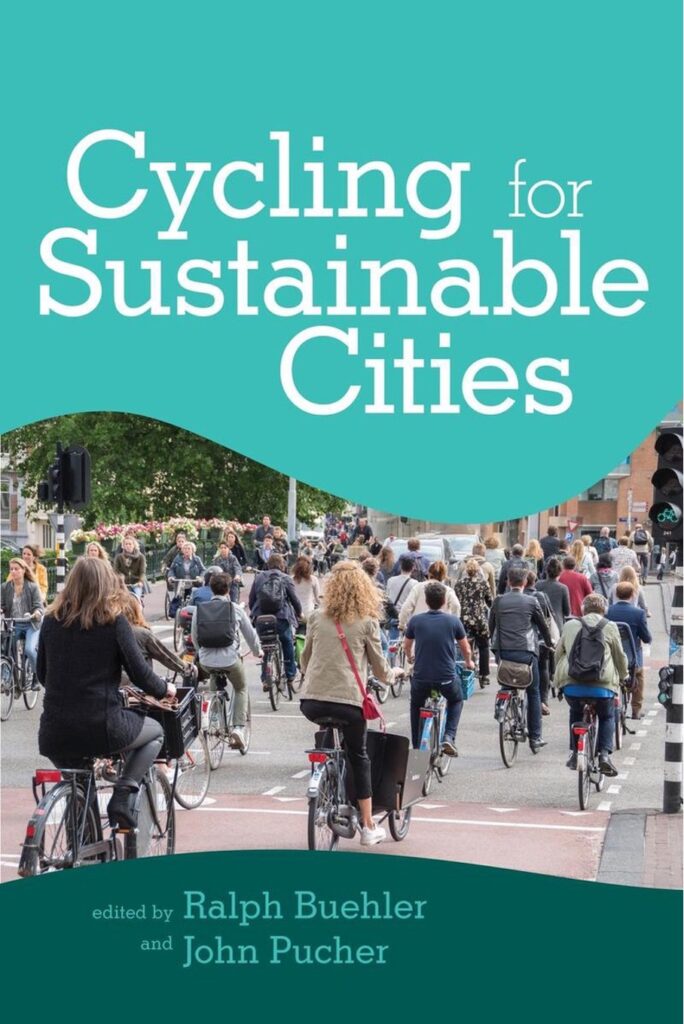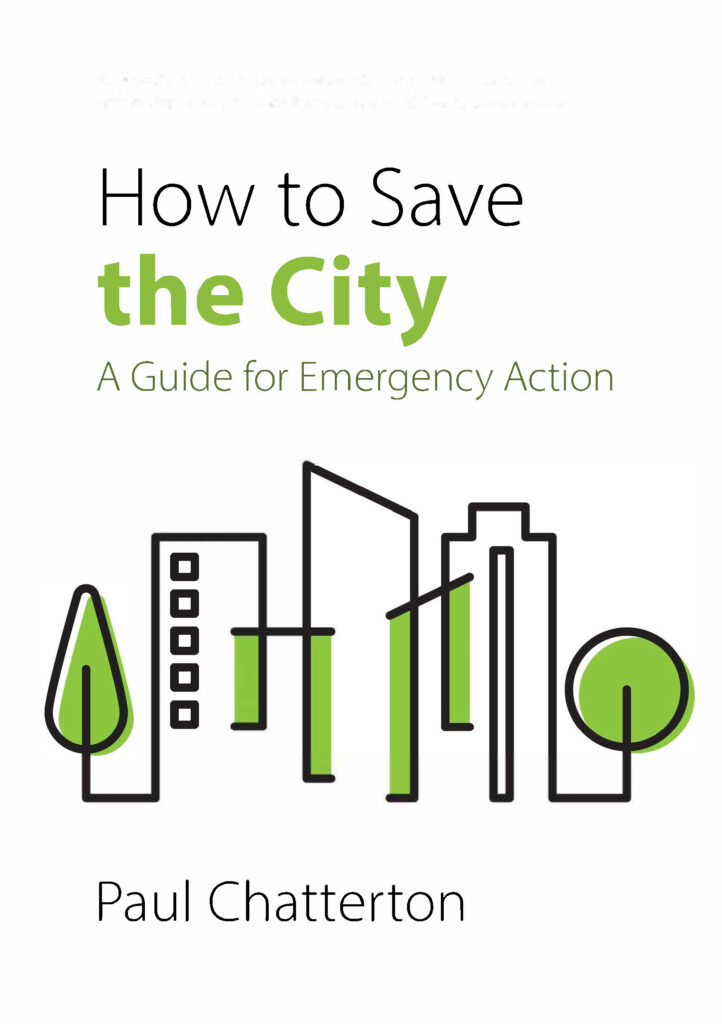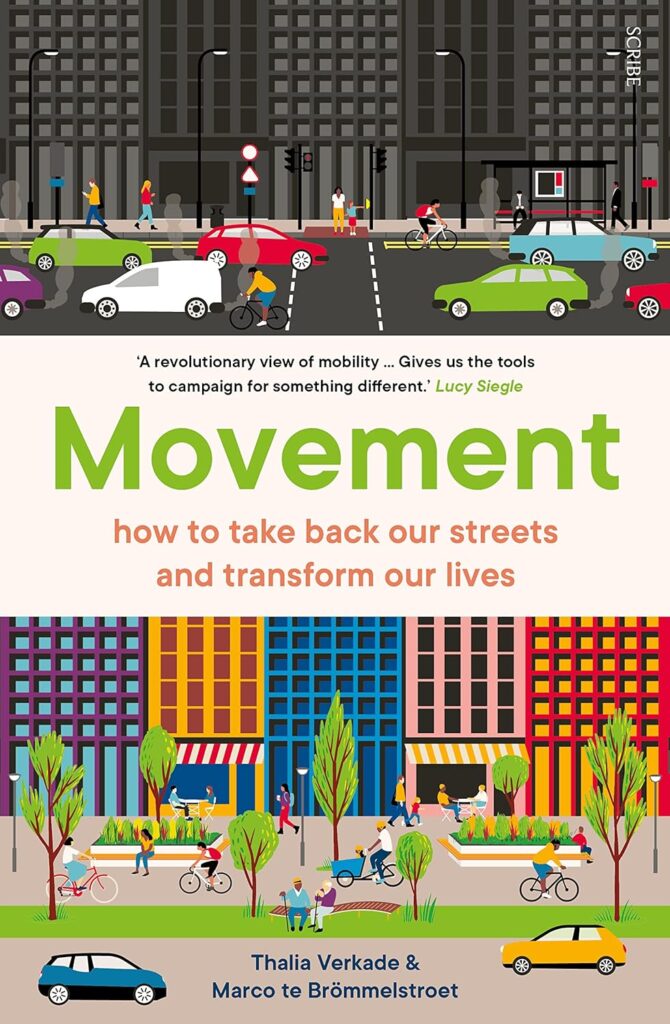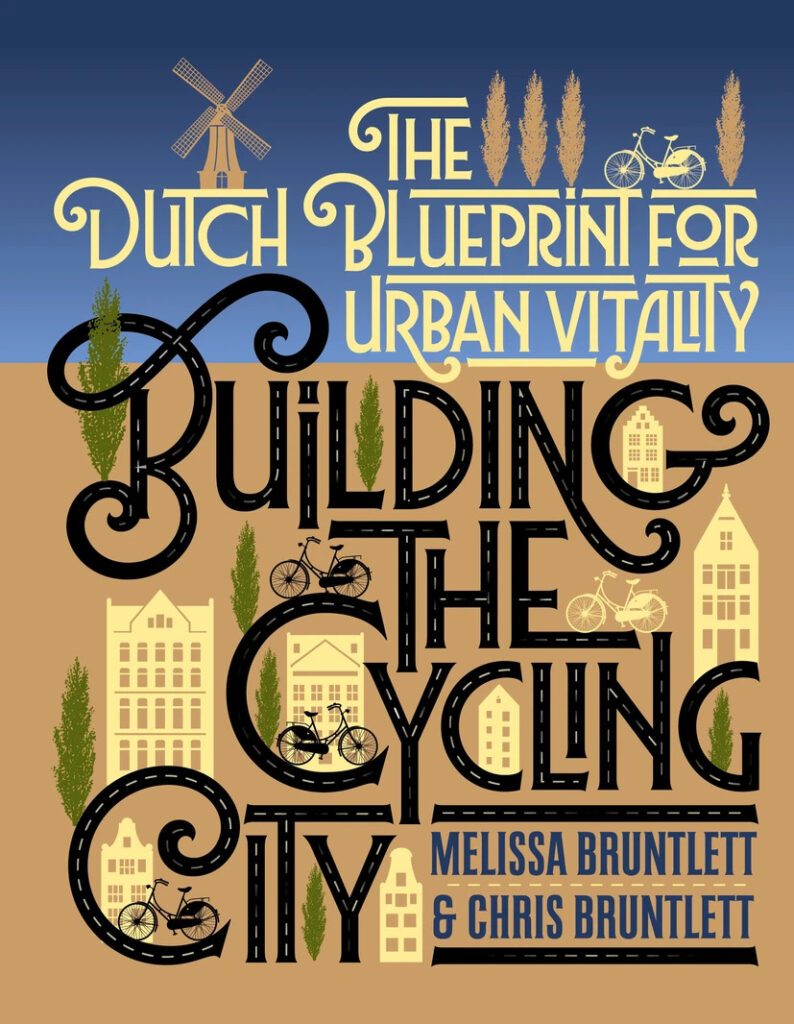
What is it about?
The famous duo Ralph Buehler (professor of Urban Affairs and Planning) and John Pucher (Professor Emeritus of Planning and Public Policy) dedicated a large part of their academic careers to promote cycling as a sustainable means of urban travel that solves a wide array of contemporary challenges. Once more, they edited an impressive volume that offers a range of compelling arguments for why and how safe cycling should be advocated across the world: “Cycling for Sustainable Cities shows how to make city cycling safe, practical, and convenient for all ages and abilities.”
As true Issue Advocates (Pielke 2007), the editors make a compelling case for the important role of cycling in making cities more sustainable.
“the dual purposes of this new book are to portray trends in cycling and to identify which measures are most effective for increasing cycling levels, improving cycling safety, and making cycling possible for all segments of society. Our focus is on promoting daily cycling in cities for utilitarian purposes such as visiting friends and making trips to work, school, shopping, church, and doctors’ offices.“
p. 3
The book includes eight chapters that are updated and rewritten versions of similar chapters in their earlier edited volume City Cycling (2012). Those are accompanied by no less than 11 completely new topics that expand the geographic scope (to China, India and Latin American cities) and the thematic scope (for instance including e-bikes, parking, economic evaluation and advocacy). The editors also introduce and conclude the book and as such the book offers a rapid succession of 21 short contributions. Each of these are incredibly useful, but mostly offer the reader a gateway for the rabbit hole that each of them represent.
One of such a rabbit hole is for instance the topic of Social Justice and Cycling (chapter by Karel Martens, Aaron Golub and Andrea Hamre) which can easily fill a book by itself. The chapter gives an overview of the different dimensions of social justice and show how they relate to questions about cycling and planning for cycling. The authors discuss some key disparities and inequities in cycling levels and covering the possible displacement effects of cycling infrastructure.
Bert van Wee offers an overview of whether and how different evaluation tools fit with questions that are specific for cycling and how they could be adapted for a better fit. Again, the ongoing discussions on the merits and drawbacks of doing Cost benefit Analysis or Multicriteria Analyses are in themselves material for lengthy books and journal articles. If and how cycling should be fitted in then offers a whole range of new questions. The chapter also offers interesting conclusions by raising our awareness of the limited attention for cycling in the underlying transportation modelling and available data, which makes it hard to assess the expected effects of cycling policies. And for relatively inexpensive policy options, Van Wee’s advice is: Just do it!
Buehler and Pucher conclude that this overview reinforced the main findings of the 2012 book by providing additional evidence of the continued strong growth in cycling in many cities around the world.
“the dual purposes of this new book are to portray trends in cycling and to identify which measures are most effective for increasing cycling levels, improving cycling safety, and making cycling possible for all segments of society. Our focus is on promoting daily cycling in cities for utilitarian purposes such as visiting friends and making trips to work, school, shopping, church, and doctors’ offices.“
p. 424
They end their book by specifying the emerging challenges for future cycling with for them mostly relate to (1) the increasing automation of vehicles and their interactions with cyclists and (2) increased sharing of vehicles and rides. Buehler and Pucher are hopeful that current trends towards more demand for mixed-use, compact development and a revival of urban living will keep supporting further growth in cycling.
What approach does it take?
Just as in their earlier work, the chapters each offer short introductions to the myriad of relevant topics related to urban cycling. As such, presents itself as a handbook to get started in the domain of cycling research.
Who might be interested in this book?
The book is probably especially interesting for people that want to start their exploration of cycling and relevant topics. The chapters in themselves cover most of the topical research areas, but each of them can only just touch the tip of the iceberg. Also, while in 2012, the academic domain was relatively stable, cycling research is very dynamic, which probably means much more new research coming out in quick succession in each of these topics. And possibly also new topics that will emerge.
Further details
- Academic disciplines: Edited volume with mostly (non-systematic) literature reviews and expert overviews
- Geographical scope: Europe, North America but also including insights from other contexts such as Australia, India, China, Latin America
- Relation to cycling: Cycling is central in this book. The book explicitly seeks to promote cycling by collecting evidence of trends and positive effects
- Reference (APA): Pucher, R. & Buehler J. (2021). Cycling for Sustainable Cities. MIT Press, Cambridge MA
Reference in text:
- Pielke Jr, R. A. (2007). The honest broker: making sense of science in policy and politics. Cambridge University Press.



